The A to Z Guide on Youtube Multi-Channel Networks – All you need to know!
Contents
If you are a small content creator on Youtube, you might or might not have heard of the term multi-channel networks.
For years, YouTube Multi-channel Networks, or MCNs, have served as the bridge between YouTube content creators (called “Youtubers“) and brands looking to reach social media stars‘ followers
As the YouTube ecosystem expands, the platform’s top Youtube MCNs have grown and evolved with it.
Joining a MCNs is a significant opportunity for small Youtubers, but not without its downsides. So today, we will take a look at multi-channel networks from many critical aspects.
Different Types of YouTube Networks
You might think that ‘multi-channel networks’ is the only concept of its kind. But make no mistake, there are in fact THREE different types of YouTube Networks. Let’s first get the terminology right.
Content Aggregators
These are the smallest type of YouTube networks either under an MCN directly or through a sub network. They usually aggregate similar content creators and sometimes help them in production, editing etc.
Virtual Networks or Sub Networks
Virtual Networks or Subnetworks come under the MCNs and usually manage the front end processes like scouting for new talent and helping them in optimizing their YouTube channels. A couple of examples are – RPM Network and PewDiePie’s revelmode.
Multi-Channel Networks or MCNs
Finally, the biggest of it all, Multi-channel networks, or MCNs for short.
In other words, MCNs are independent companies that are not owned by YouTube, but rather are built on top of the YouTube platform, using its video capabilities.
These services may include digital rights management, monetization, target audience development, cross-promoting, funding, product development, brand sponsorship collaborations, and additional influencer marketing opportunities.
Just like a Multi-Tv-Platform, they combine various channels, thus managing thousands of Youtubers and Youtube channels under their network’s umbrella.
As per official definition from Youtube itself, these companies are not affiliated with or endorsed by YouTube or Google.
How Multi-Channel Networks Work
There’s a certain similarity to digital advertising display networks that represent websites and sell banner advertising.
The difference resides in the fact that MCNs often participate and work with channels to help create and improve their content; they are also actively involved in the development of channels within their network.
Multi-channel networks work directly with YouTube and are given access to a content management system (CMS)—a system that enables a MCN to manage multiple partner channels.
Moreover, in some cases, they are given tools to implement Content ID, which that allows copyright owners to identify and manage their content on YouTube
Essentially, it’s the copyright checker that is constantly running in the back of YouTube. If a match is found, YouTube takes action in accordance with the rules or instructions that the content owner programmed in Content ID.
You can learn more about Content ID through this article: Understanding the content ID claim to upload video on Youtube
When a channel joins a Multi-channel network, some additional tools within the channel dashboard are unlocked to optimize and claim content.
Networks offer various types of support such as production and editing tools, funding, monetization assistance, cross-promotion with other channels as well as digital rights management.
There are two different ways a MCN is handling its channels. Signed YouTube channels are either Affiliate Channels or they are Owned & Operated.
Affiliate Channel means that the ownership over the video content is still with the video creator.
Owned & Operator means that the creator has done a buy-out and the rights to the content belong to the MCN entirely.
How Multi-Channel Networks Help Youtubers
Since YouTube itself isn’t capable of actively supporting all channels, these networks also act as a direct relationship channel with YouTubers, tremendously facilitating work on the platform and coordinating possible collabs between one creator and another.
Moreover, YouTube content creators can gain access to valuable production and editing facilities that may boost the quality of their videos considerably.
Some MCNs provide content creators with celebrity collaborations and big media projects to possibly expand their exposure. Many MCNs may even promote network channels through collaborations with other related YouTube channels to potentially reach a larger audience.
As a member of a multi-channel network, Youtuber can seek monetization support through the network’s dedicated advertising sales team.
You can also receive useful advice from MCNs on ways to make videos more accessible to audiences and how to best optimize a YouTuber’s video content.
MCNs may offer advice on ways to make videos more accessible to audiences and how to best optimize a YouTuber’s video content.
Overall, with the content management system (CMS) profiles on video platforms, multi-channel networks aim to minimize the difficulty involved with advertising, producing/editing videos, managing channels, dealing with copyrights on YouTube, and building audiences.
How Do Multi-Channel Networks Recruit Talent?
MCNs recruit creators and channels through various ways. It can be just as simple as making a “cold call”, i.e., networks employ dozens of full time recruiters whose sole job is to comb through thousands of channels and send direct generic messages.
Other recruitment tactics include targeted marketing campaigns as well as incentives with existing partners that take the form of commissions paid on every channel they help bring in via links hosted on their own channels.
Most of the major YouTube channels are part of MCNs, with a few exceptions that tend to hire agents to help them grow their brand.
How Do MCNs Make Money?
Multi-channel networks make money by taking a cut of the advertorial income of the signed creators. The advert income is based on the CPM, or cost per mille metric (cost per thousand ad impressions).
For example, if your channel gets an average CPM of $5 and you generate 1,000,000 ad views, you will earn $5,000.
As content monetization on YouTube can be very confusing for creators since the CPM fluctuates constantly with demand and seasonality, MCNs offer creators deals by which they guarantee them a flat CPM rate based on video and banner ads that appear with the content.
Some networks offer slightly higher fixed CPMs to channel partners. This can be a good or a bad thing, depending on the channel and contract term.
Depending on the contract the creator has signed with a MCN, they can take a cut up to 50% (in some cases even more). A point often overlooked is that YouTube will also take a share of the advert income in the first place.
There are no exact numbers that YouTube or its mother company Google have publicly verified. However, most experts estimate a cut of 45% that YouTube will take.
That means that the creator will need to share their 55% of advert income again with the MCN.
Some MCNs also make direct brand deals for the creators, taking a cut at the deal too. That means that the creator will produce video content demoing the new product of the brand or incorporating it into the content.
It is not uncommon for MCNs to also make deals with smaller video platforms or websites to distribute their content on Youtube. Again, taking a cut for that service.
Content ID can also provide significant revenue for content owners with large libraries. A MCN has the ability to use YouTube’s Content ID system to generate revenue from videos it owns but that are uploaded by other YouTube users.
For example, Just for Laughs Gags has just over 3,000 prank clips on its YouTube channel but claims and monetizes over 100,000 videos uploaded by users.
Is Joining a Youtube Multi-Channel Network Worth It?
Like we’ve said above, there are many reasons for a Youtube content creator to join a MCN. However, like everything else, joining a MCN has its advantages and disadvantages. After reading our listing, you should decide for yourself whether or not it is worth it?
Pros
We have previously mentioned how multi-channel networks can help content creators in their Youtube career.
To sum them up, Multi-Channel Networks can offer many perks due to their sheer size and monetary impact of their investment power. The support they’ll offer can come in the form of production and editing tools and facilities.
They can help with monetization as well as cross-promotion with other channels on their roster. They are also very good with digital rights management like the aforementioned Content ID.
Dealing with copyright infringements while being busy making new content at a high rate every week is nerve-wrecking. No Youtuber wants to face this kind of situation. MCNs will make the process much smoother.
What is more, MCNs also can offer training as well as guidance for diversifying your portfolio maybe with acting roles or merchandise.
Cons
First of all, because these multi-channel networks are independent from YouTube, the platform is not responsible for any losses Youtubers may suffer.
In other words, in the event of a disagreement between the content creator and the network, the contracting party will have to deal with the situation directly and solely with the network. And depending on the outcome, the Youtuber will need the assistance of lawyers.
Besides, joining a network doesn’t guarantee that your channel’s revenues will increase. This is because the work done by a network generates much more impact on YouTube’s visibility and search rankings.
YouTubers’ gains depend on the videos being monetized — by AdSense or advertising. And since the network charges a percentage of the profits, creators might end up spending more on maintaining their services than they actually earn.
Understand more content on Video Youtube via:
Binding contracts aside, another potential drawback arises when MCNs manage too many YouTubers at once. In this case, smaller content creators and channels might be neglected as the networks don’t have that much time for every single channel under their management.
Final words
As the channels see early traction, huge numbers, and success, the question turns to how the multi-channel networks will further capitalize on the content and what they do with the talent they invite under their banners.
A question also presents itself as to how YouTube might eventually capitalize on the MCNs, given that they provide the canvas.
Given the love-hate relationship between the networks and Youtubers, before you decide to join one, carefully analyze the pros and cons of being part of a MCN. Especially if you have a small channel.
But even so, before joining a multi-channel network, you still need an AdSense account, and of course, a monetized Youtube channel.
However, the goal of being accepted into the Youtube Partner Program is a big challenge for any beginners on the platform. As such, AudienceGain would like to assist you in the matter.
Whether it is gaining 1000 subscribers and 4000 watch hours to monetize your channel, or simply buying one such channel, we will give you the best service from our team of digital marketing experts.
Finally, no matter what choice you make, we hope you all the best in your journey to become a Youtube star. Goodbye!
For more information, please contact AudienceGain via:
Hotline/WhatsApp: (+84)70 444 6666
Skype: admin@audiencegain.net
Facebook: https://www.facebook.com/AUDIENCEGAIN.NET
Buy 50 Gmail Accounts (PVA, Aged & Bulk): Top 5 Best Website
Buy 50 Gmail accounts is information are you looking for? Having numerous Gmail accounts for different purposes has become usual in today’s digital world. There...
Buy 100 Gmail Accounts in Bulk (PVA & Aged) instant delivery
Where can I buy 100 Gmail accounts today? In the digital age, having a strong online presence is crucial for any business or individual looking...
Buy 1000 Gmail Accounts (PVA & Aged): 5 Best sites to buy account
Buy 1000 Gmail accounts is the information you are looking for? Having numerous Gmail accounts for different purposes has become usual in today’s digital world....
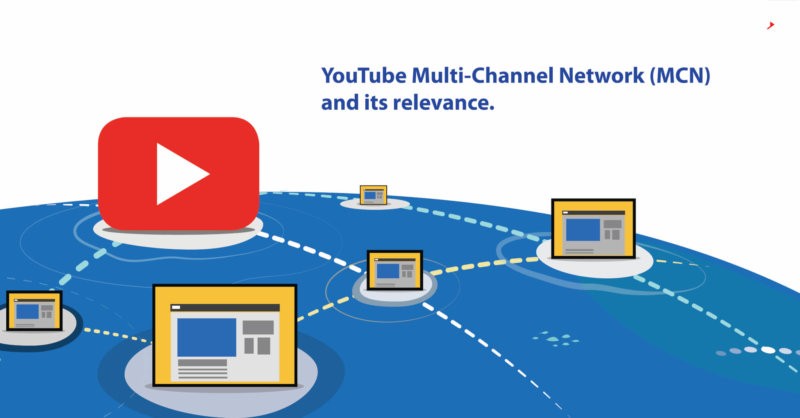
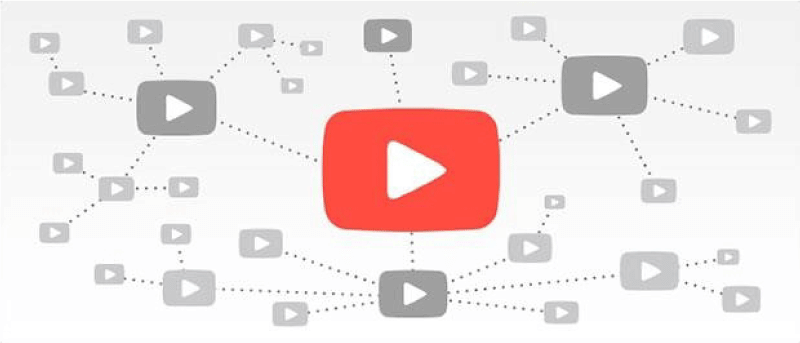
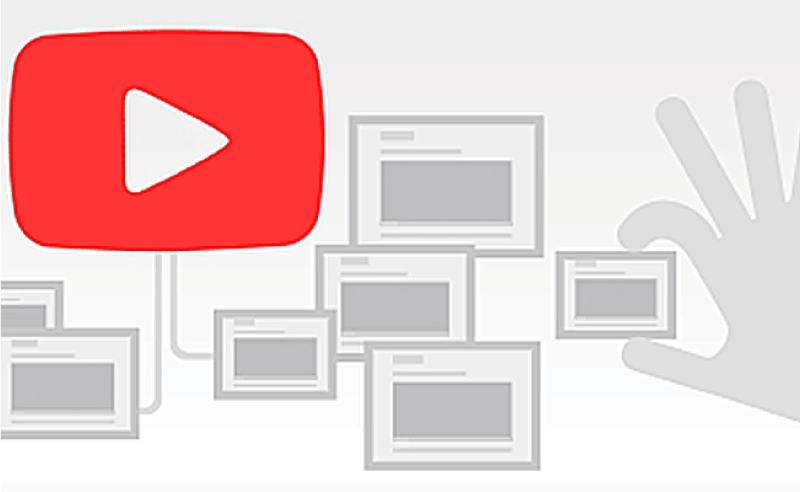
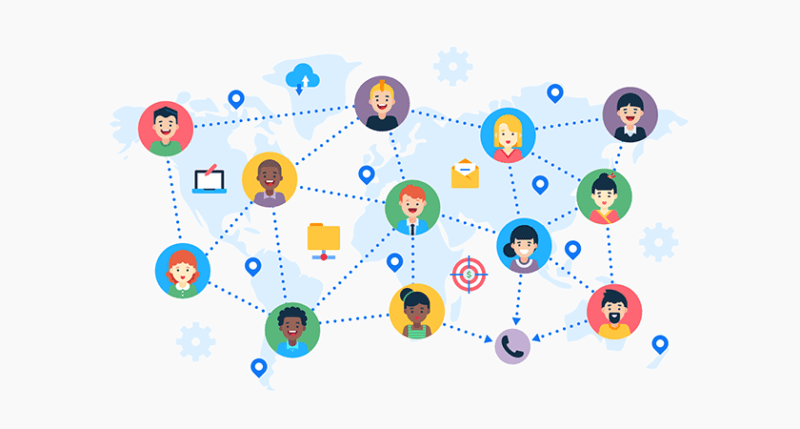
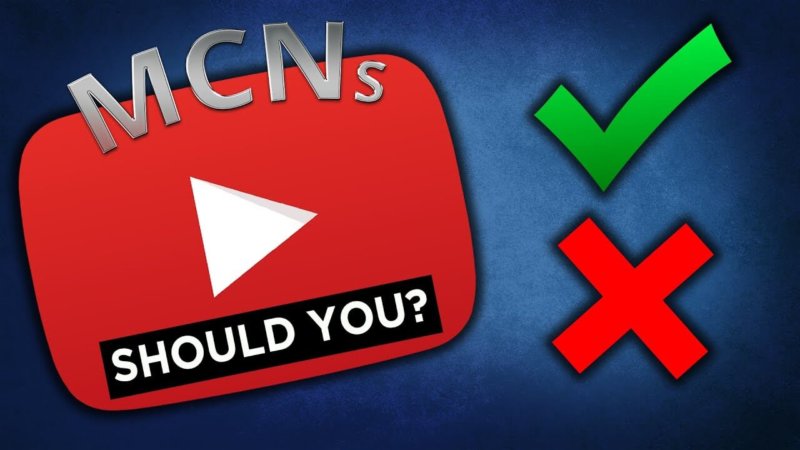


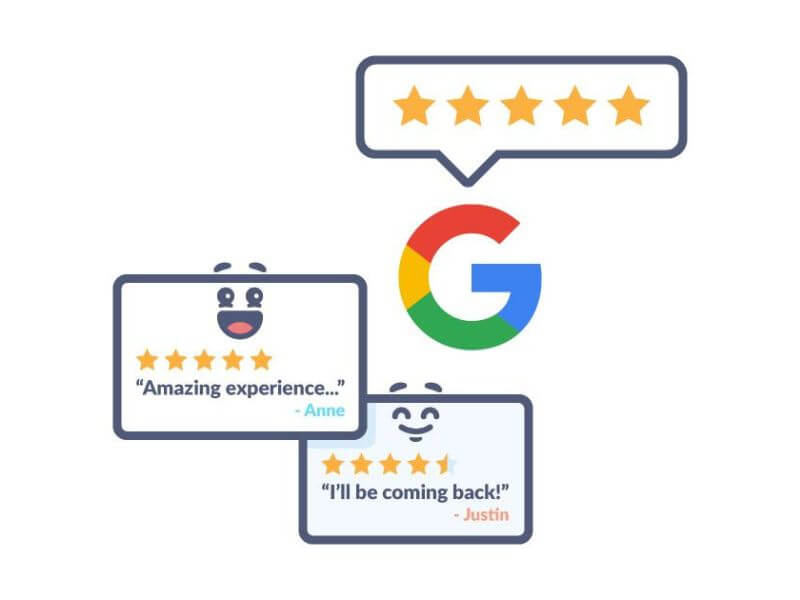

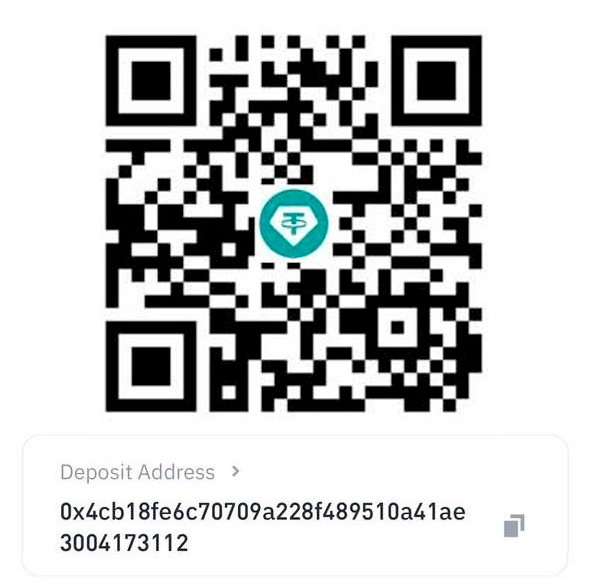
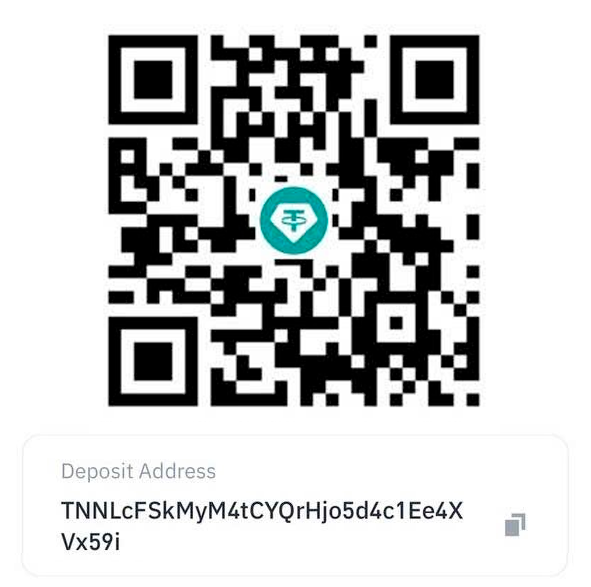

You must be logged in to post a comment Login